Home>Garden Essentials>What Does Grass Seed Look Like When It Germinates
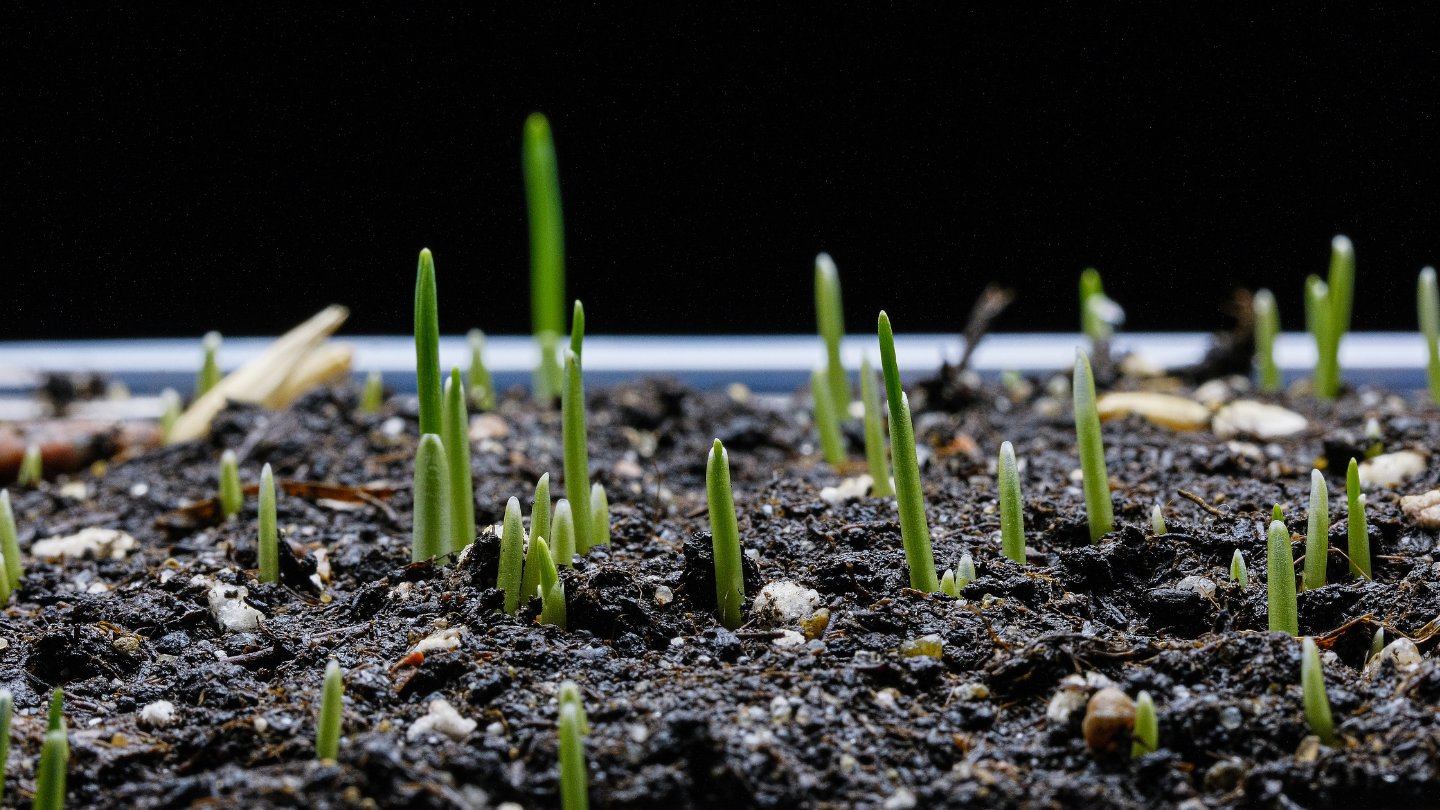

Garden Essentials
What Does Grass Seed Look Like When It Germinates
Modified: March 24, 2024
Learn what grass seeds look like when they germinate in your garden and how to identify them for successful lawn growth.
(Many of the links in this article redirect to a specific reviewed product. Your purchase of these products through affiliate links helps to generate commission for Storables.com, at no extra cost. Learn more)
Introduction
Welcome to the world of gardening! If you’re a beginner or even an experienced gardener, one of the most satisfying projects you can undertake is growing your own grass from seed. Watching the transformation from tiny seeds to a lush green lawn is truly rewarding. However, it’s important to understand the process of grass seed germination to ensure successful growth.
In this article, we will explore what grass seed looks like during germination and provide you with valuable insights to help you achieve the best results. We’ll discuss the factors that influence germination, the steps involved in the germination process, and how to identify successful germination. Additionally, we’ll address common issues you may encounter and offer helpful tips to promote successful grass seed germination.
So, whether you’re interested in overseeding an existing lawn, patching up bare spots, or starting from scratch, let’s delve into the fascinating world of grass seed germination!
Key Takeaways:
- Grass seed germination requires proper temperature, moisture, soil conditions, and light. Understanding these factors and providing the right environment will lead to successful growth.
- Monitoring seedling appearance, root growth, and leaf expansion can help determine successful germination. Patience, care, and attention to detail are key to a thriving lawn.
Read more: What Does Grass Seed Germination Look Like
Understanding Grass Seed Germination
Grass seed germination is the process by which a seed transitions into a young, growing plant. It is a complex series of events that requires favorable conditions to succeed. Understanding the factors that influence germination will help you create the optimal environment for your grass seeds to sprout and thrive.
There are several key factors that affect grass seed germination:
- Temperature: Grass seed germination is influenced by temperature. Different grass species have different temperature requirements for optimal germination. Generally, cool-season grasses germinate best when soil temperatures range between 50-65°F (10-18°C), while warm-season grasses prefer temperatures between 70-90°F (21-32°C). Monitoring the temperature in your area and choosing the appropriate grass species accordingly is crucial.
- Moisture: Adequate moisture is essential for grass seed germination. Seeds need to absorb water to initiate the germination process. It’s important to keep the soil consistently moist, but not soaked, during the germination period. Watering lightly multiple times a day or using a sprinkler system can help maintain the ideal moisture level.
- Soil Conditions: The soil in which you sow your grass seeds plays a vital role in their germination. The soil should be well-draining, loose, and free of debris to allow the seeds to establish roots easily. Additionally, the pH level of the soil should be tested and adjusted if necessary to create the optimal conditions for germination.
- Light: Most grass seeds require exposure to light to germinate properly. However, they only need a small amount of light, so they should not be covered with a thick layer of soil. Instead, lightly rake them into the top layer of soil or use a seed spreader to distribute them evenly.
Understanding these factors will allow you to take the necessary steps to create a favorable environment for your grass seeds to germinate. With the right balance of temperature, moisture, soil conditions, and light, you’ll be well on your way to a successful germination process.
Factors Affecting Grass Seed Germination
Several factors can influence the germination of grass seeds. Understanding these factors is crucial in creating the optimal conditions for successful germination. Let’s explore them in more detail:
- Seed Quality: The quality of the grass seed itself is of utmost importance. It’s essential to purchase high-quality seed from a reputable source. Seeds that are fresh, free from weed seeds and other contaminants, and have a high germination rate are more likely to successfully sprout and establish a healthy lawn.
- Seeding Depth: The depth at which the grass seeds are sown affects their germination. Most grass seeds require light to germinate, so they should only be lightly pressed into the soil or raked in. However, some larger seeds may require slightly deeper planting. It’s important to follow the recommended seeding depth for the specific grass species you are growing.
- Seed-to-Soil Contact: Good seed-to-soil contact is essential for germination. When sowing grass seeds, ensure that they make good contact with the soil. This can be achieved by lightly pressing the seeds into the soil or using a roller to ensure firm contact.
- Weed Competition: Weeds can compete with grass seeds for resources and hinder germination. It’s important to minimize weed competition by properly preparing the soil, removing existing weeds, and applying pre-emergent herbicides if necessary. This will give the grass seeds the best chance to germinate and establish themselves.
- Time of Year: The time of year you sow your grass seeds can significantly impact their germination. Cool-season grasses should be planted in early fall or early spring when soil temperatures are optimal for germination. Warm-season grasses, on the other hand, should be planted in late spring or early summer. By aligning your seeding time with the appropriate season, you enhance the chances of successful germination.
By considering these factors and making the necessary adjustments, you can greatly improve the chances of successful grass seed germination. Remember, attention to detail and proper preparation are key to creating the ideal conditions for your grass seeds to thrive.
The Germination Process
The germination process is a fascinating journey that begins when the grass seeds are exposed to the right environmental conditions. Let’s take a closer look at the steps involved:
- Seed Absorption: When the grass seeds come into contact with moisture, they start absorbing water through their outer seed coat. This absorption triggers a series of biochemical reactions within the seed.
- Seed Swelling: As the seeds absorb water, they begin to swell, causing the seed coat to crack open. This allows the tiny root, known as the radicle, to emerge.
- Root Development: Once the radicle emerges from the seed, it begins to grow downward, establishing the plant’s root system. The roots absorb water and nutrients from the soil, providing essential resources for growth and development.
- Shoot Emergence: As the roots continue to grow, a shoot emerges from the seed. This shoot develops into the stem and leaves of the grass plant. The first leaves to appear are known as seed leaves or cotyledons, which provide initial nourishment to the growing plant.
- Leaf Expansion: As the grass plant grows, the seed leaves are soon replaced by true leaves, which resemble the leaves of mature grass. These leaves continue to expand and photosynthesize, enabling the plant to produce energy for further growth.
- Establishment: With the root system absorbing water and nutrients and the shoot developing into a mature grass plant, the seedling begins to establish itself in the soil. With proper care and maintenance, it grows stronger and eventually forms a lush, healthy lawn.
The germination process can vary in duration, depending on factors such as grass species, environmental conditions, and seed quality. Some grass seeds may germinate within a week, while others may take several weeks before visible growth occurs.
It’s important to be patient during the germination process and provide the necessary care and maintenance to support the growing seedlings. Consistent watering, protection from extreme temperatures, and regular monitoring will help ensure a successful transition from seed to a thriving grass plant.
What Grass Seed Looks Like During Germination
During the germination process, grass seeds undergo visible changes as they transition into young seedlings. Understanding what grass seed looks like during germination can help you monitor the progress of your lawn project. Here’s what you can expect to see:
1. Swollen Seed Coats: As the seeds absorb water, their outer seed coats become swollen and may appear larger than their original size. This swelling is a sign that the germination process has commenced.
2. Cracked Seed Coats: As water absorption continues, the seed coats may develop small cracks or fissures. These cracks allow the emerging root, known as the radicle, to push through the seed coat and initiate growth.
3. Radicle Formation: The first visible sign of germination is the emergence of the radicle. The radicle is a tiny, white root that grows downward into the soil to establish the seedling’s root system.
4. Shoot Development: Alongside root growth, a shoot begins to emerge from the seed. Initially, this shoot consists of seed leaves, also known as cotyledons, which provide initial nourishment to the developing seedling.
5. Leaf Expansion: As the seedling continues to grow, it starts developing true leaves. These leaves resemble the mature leaves of the grass species and are responsible for photosynthesis, capturing sunlight to produce energy for further growth.
6. Greening of Seedlings: As the seedlings develop, they gradually transform from pale white to a vibrant green color. This change indicates active chlorophyll production, which is essential for photosynthesis and healthy plant growth.
7. Increased Height and Size: As each day passes, the seedlings steadily increase in height and size. With proper care, they develop into fully established grass plants over time.
It’s important to note that the appearance and rate of germination can vary depending on the specific grass species, environmental conditions, and quality of the seed. Some seeds may germinate more quickly than others, while certain grass species may exhibit unique characteristics during the germination process.
By closely observing the changes in the appearance of your grass seeds and seedlings, you can gauge their progress and take appropriate measures to ensure their healthy development. Remember, patience, proper care, and regular monitoring are key to achieving a successful germination outcome.
When grass seed germinates, it will start to sprout tiny green shoots that will eventually grow into grass blades. Keep the soil moist to help the germination process.
Read more: What Does Crabgrass Look Like
Indicators of Successful Germination
After sowing grass seeds and providing the necessary care, you may be eager to know if your germination efforts have been successful. Here are some indicators that can help you determine if your grass seeds have successfully germinated:
1. Sprouting Seedlings: One of the most obvious signs of successful germination is the appearance of sprouting seedlings. Once the seeds have germinated, you will see small green shoots emerging from the soil. These seedlings indicate that the germination process has started and the grass plants are on their way to growing.
2. Root Growth: Successful germination is accompanied by the growth of roots. A clear indicator of root growth is the presence of white, thread-like roots extending from the seedlings into the soil. As the roots develop, they anchor the seedlings in the ground and facilitate water and nutrient uptake.
3. Leaf Expansion: As the seedlings grow, their leaves will start to expand. The initial set of leaves, known as cotyledons or seed leaves, provide nourishment to the young plants. These will soon be replaced by the emergence of true leaves, which resemble the mature leaves of the specific grass species, indicating healthy growth.
4. Green Coloration: Healthy seedlings that have successfully germinated will display a vibrant green color. This is a result of chlorophyll production in the leaves, which is essential for photosynthesis and the production of energy needed for growth.
5. Uniform Growth: In areas where grass seeds have been evenly distributed, successful germination will result in uniform growth. You will notice consistent growth patterns across the seeded area, with seedlings emerging at a similar rate and displaying uniform characteristics.
6. Increased Height and Size: As the seedlings continue to thrive, you will observe a noticeable increase in their height and overall size. The seedlings will gradually become taller, and their leaves will expand, displaying healthy growth and development.
7. Absence of Weed Growth: Successful germination allows the grass seedlings to establish themselves and outcompete weeds. If your seeded area shows minimal or no weed growth, it is a positive indication that the grass seeds have successfully germinated and are on their way to forming a healthy lawn.
Keep in mind that the germination process can take time, and the rate of growth may vary depending on factors such as grass species, environmental conditions, and seed quality. It’s important to be patient and provide the necessary care, including regular watering and protection from extreme weather conditions, to ensure the continued success of your germinated grass seeds.
By closely monitoring these indicators, you can determine if your grass seeds have successfully germinated and take further steps to nurture the young plants as they grow into a beautiful and thriving lawn.
Common Issues during Grass Seed Germination
While grass seed germination can be a relatively straightforward process, there are some common issues that gardeners may encounter. Understanding these issues will help you identify and address them effectively, ensuring successful germination. Here are some of the most common issues during grass seed germination:
1. Poor Seed Quality: Using low-quality or old grass seed can significantly affect germination success. It’s essential to purchase high-quality seeds from reputable sources to ensure they have a high germination rate and are free from weed seeds or other contaminants.
2. Inadequate Watering: Providing adequate moisture is crucial for germination, but it can be challenging to strike the right balance. Overwatering can lead to seed rot or fungal diseases, while underwatering can cause the seeds to dry out and fail to germinate. Consistent and light watering to keep the soil evenly moist is key.
3. Soil Conditions: Poor soil conditions can hinder germination. Heavy or compacted soils may prevent the seed from establishing proper root growth, while excessively sandy soils may struggle to retain moisture. It’s important to prepare the soil well by removing debris, aerating if necessary, and adding amendments to improve its texture and fertility.
4. Temperature Extremes: Both excessively hot and cold temperatures can negatively impact germination. Extremely hot temperatures can dry out the soil, while freezing temperatures can damage or kill the germinating seedlings. Planting grass seeds during the appropriate season for your region can help mitigate temperature-related issues.
5. Weed Competition: Weeds can compete with grass seeds for nutrients, moisture, and space, hindering germination and young plant growth. It’s essential to control weeds by removing them before seeding, applying pre-emergent herbicides if necessary, and consistently monitoring for weed growth during the germination period.
6. Pest Damage: Pests, such as birds, squirrels, or insects, can pose a threat to newly germinating grass seeds. They may disturb the seeds or feed on the young seedlings. Consider using physical barriers, such as netting, or deterrents to protect your seeded areas from pests.
7. Disease Issues: Fungal diseases, such as damping-off, can affect germinating grass seeds, leading to seedling death. Providing proper air circulation, avoiding excess moisture, and planting disease-resistant grass varieties can help minimize the risk of disease issues.
It’s important to remember that not all germination issues are within your control. Despite taking precautions, certain factors like adverse weather conditions or insect infestation may still pose challenges. However, by being proactive and addressing the common issues that are within your control, you can greatly maximize the chances of successful grass seed germination.
Regular monitoring, adjusting watering practices when needed, maintaining proper soil conditions, and promptly addressing any signs of pests or disease will help ensure the best possible germination outcome for your lawn project.
Tips for Promoting Successful Grass Seed Germination
When it comes to promoting successful grass seed germination, proper preparation and care are vital. Follow these tips to maximize your chances of achieving a healthy and lush lawn:
1. Choose the Right Grass Seed: Select grass seed that is suitable for your region’s climate and the specific conditions of your lawn. Consider factors such as sun exposure, soil type, and foot traffic tolerance to ensure the best match for your needs.
2. Prepare the Soil: Properly prepare the soil before sowing the grass seed. Remove any existing vegetation, rocks, or debris, and use a rake or tiller to loosen the top few inches of soil. Incorporate organic matter or soil amendments to improve soil texture and fertility.
3. Sow at the Right Time: Timing is crucial for successful germination. Plant cool-season grasses in early fall or early spring, when soil temperatures are optimal. Warm-season grasses should be sown in late spring or early summer. Avoid planting during periods of extreme heat or cold.
4. Follow Correct Seeding Depth: Follow the recommended seeding depth for the specific grass species. Generally, grass seeds should be planted at a depth of about ¼ to ½ inch. Ensure good seed-to-soil contact by lightly pressing the seeds into the soil or using a roller.
5. Water Regularly: Keep the soil consistently moist during the germination period. Water lightly multiple times a day to prevent the soil from drying out. Be cautious not to overwater, as excessive moisture can lead to seed rot or fungal diseases. Once the grass seedlings are established, gradually reduce watering frequency while promoting deep root growth.
6. Provide Adequate Drainage: Good drainage is essential for successful germination. Avoid waterlogged areas where seeds may suffocate or rot. If your soil has poor drainage, consider incorporating organic matter or using raised beds to improve water movement.
7. Protect from Foot Traffic: Minimize foot traffic on newly germinated grass seed to prevent damage. Consider using temporary fencing or signage to create boundaries and protect the seeded areas until the grass seedlings have become established.
8. Monitor for Weeds: Regularly inspect the seeded areas for weed growth. Remove any weeds promptly to prevent competition with the grass seedlings. If necessary, use selective herbicides or manual weeding techniques to control weed growth without harming the germinating grass.
9. Provide Adequate Light: Most grass seeds require exposure to light to germinate. Ensure that the seeds are not overly covered with soil or other materials. Lightly rake them into the top layer of soil or use a seed spreader to distribute them evenly.
10. Follow Maintenance Practices: Once the grass seedlings have emerged, continue to provide proper care and maintenance. Regularly mow at the recommended height for your grass species, fertilize appropriately, and address any nutrient deficiencies or pest issues that may arise.
By following these tips and providing the necessary attention, you can greatly improve the success rate of grass seed germination. Remember, patience and proper care are key to establishing a healthy and beautiful lawn from seed.
Conclusion
Growing grass from seed can be a rewarding and fulfilling experience in the world of gardening. Understanding the germination process, as well as the factors that influence successful germination, is essential for achieving the desired results. By following the tips and guidelines provided in this article, you can maximize your chances of promoting successful grass seed germination.
From selecting high-quality seed and preparing the soil to providing adequate watering, proper light exposure, and protection from potential issues, each step contributes to the overall success of your lawn project. Remember to be patient, as germination can take time, and not all factors may be within your control. Nevertheless, with proper care and maintenance, your grass seedlings will flourish and develop into a healthy and vibrant lawn.
Regular monitoring, adjusting watering practices when needed, controlling weeds and pests, and following proper maintenance procedures will ensure the long-term success of your germination efforts. Enjoy the journey of watching your grass seeds sprout, grow, and transform into a beautiful, green oasis.
So, whether you’re starting from scratch or patching up bare spots, take the time to understand the intricacies of grass seed germination. By implementing the tips and insights provided in this article, you can set yourself up for a rewarding and picturesque lawn that will be the envy of your neighborhood.
Happy growing!
Frequently Asked Questions about What Does Grass Seed Look Like When It Germinates
Was this page helpful?
At Storables.com, we guarantee accurate and reliable information. Our content, validated by Expert Board Contributors, is crafted following stringent Editorial Policies. We're committed to providing you with well-researched, expert-backed insights for all your informational needs.
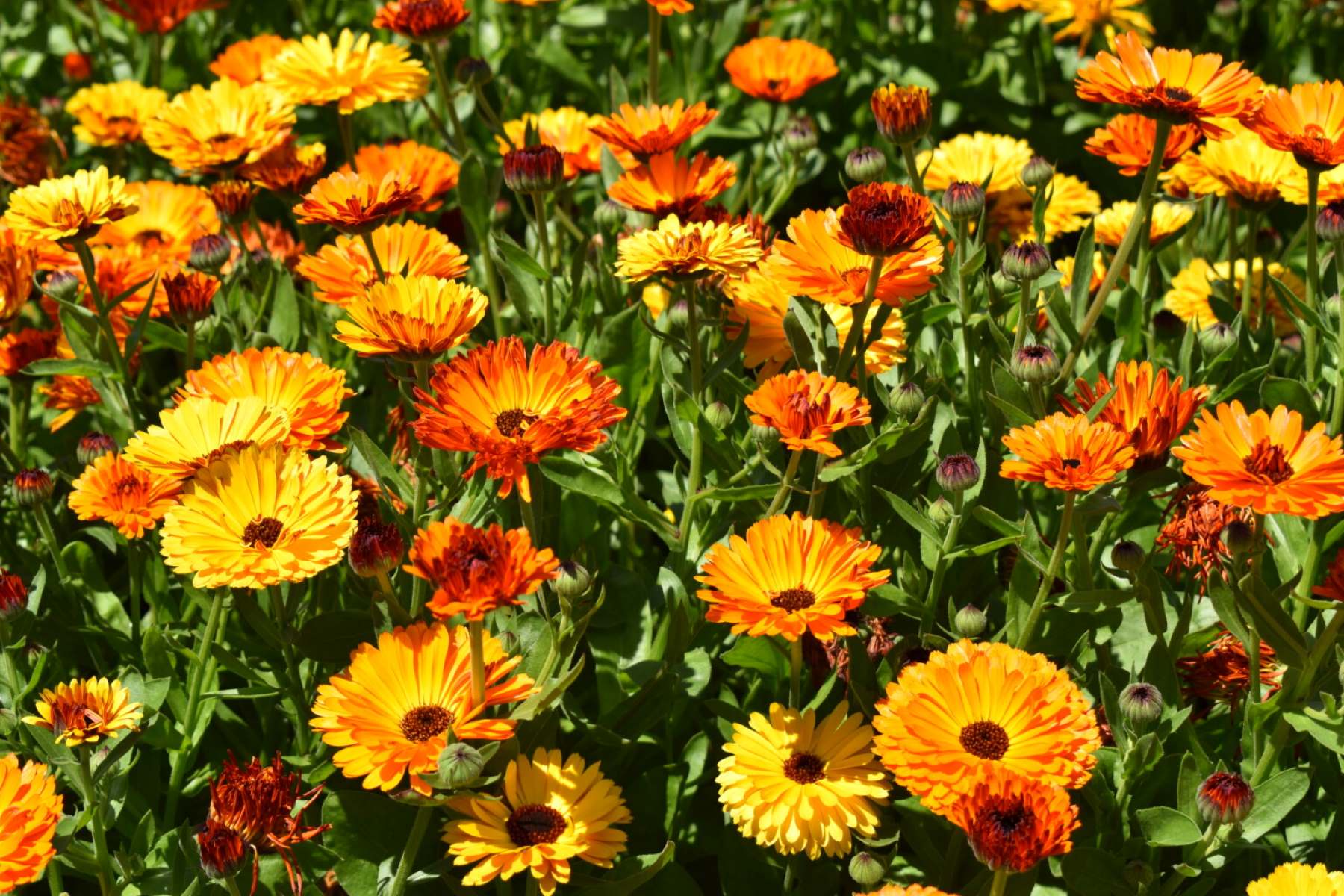
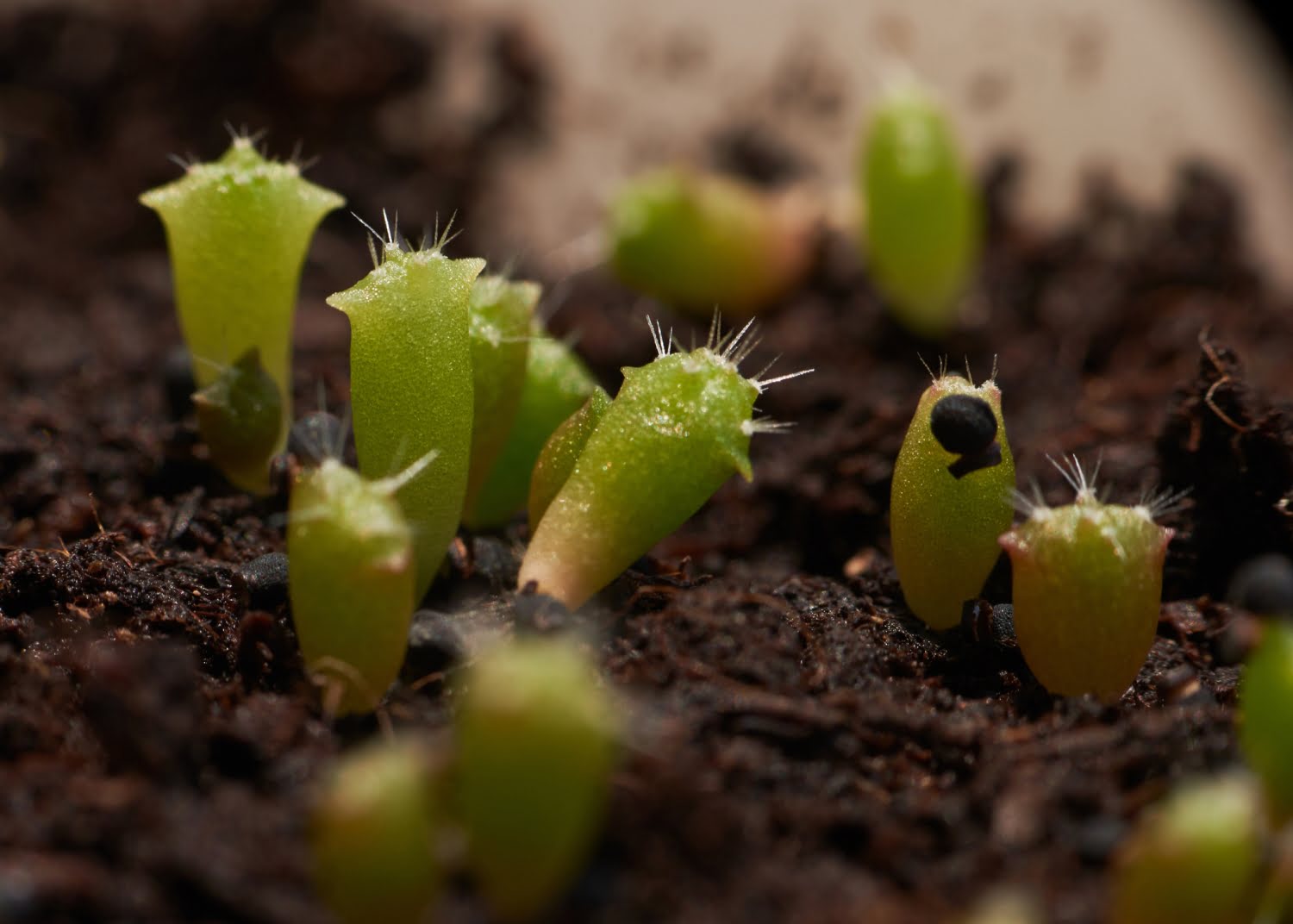
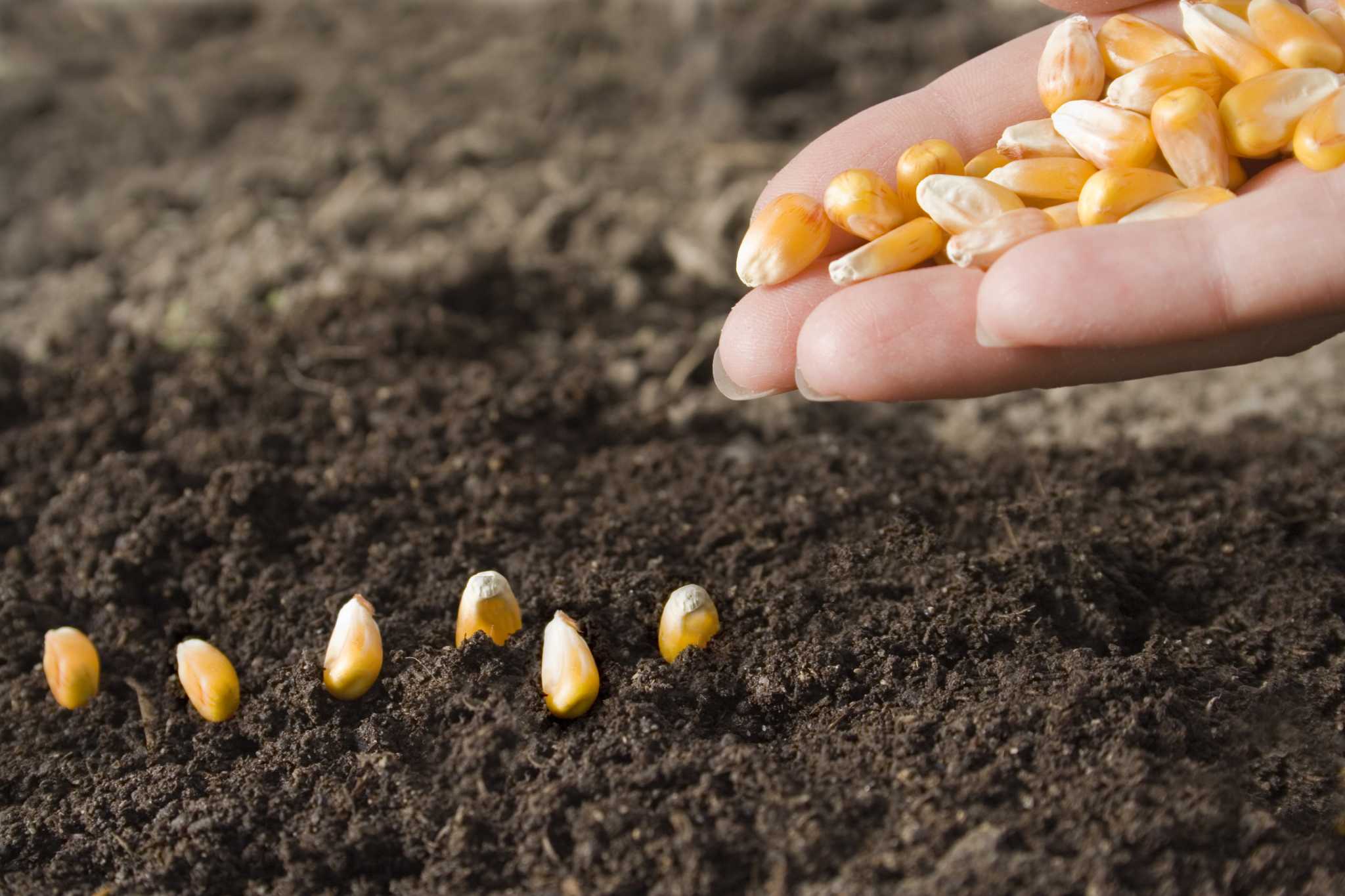
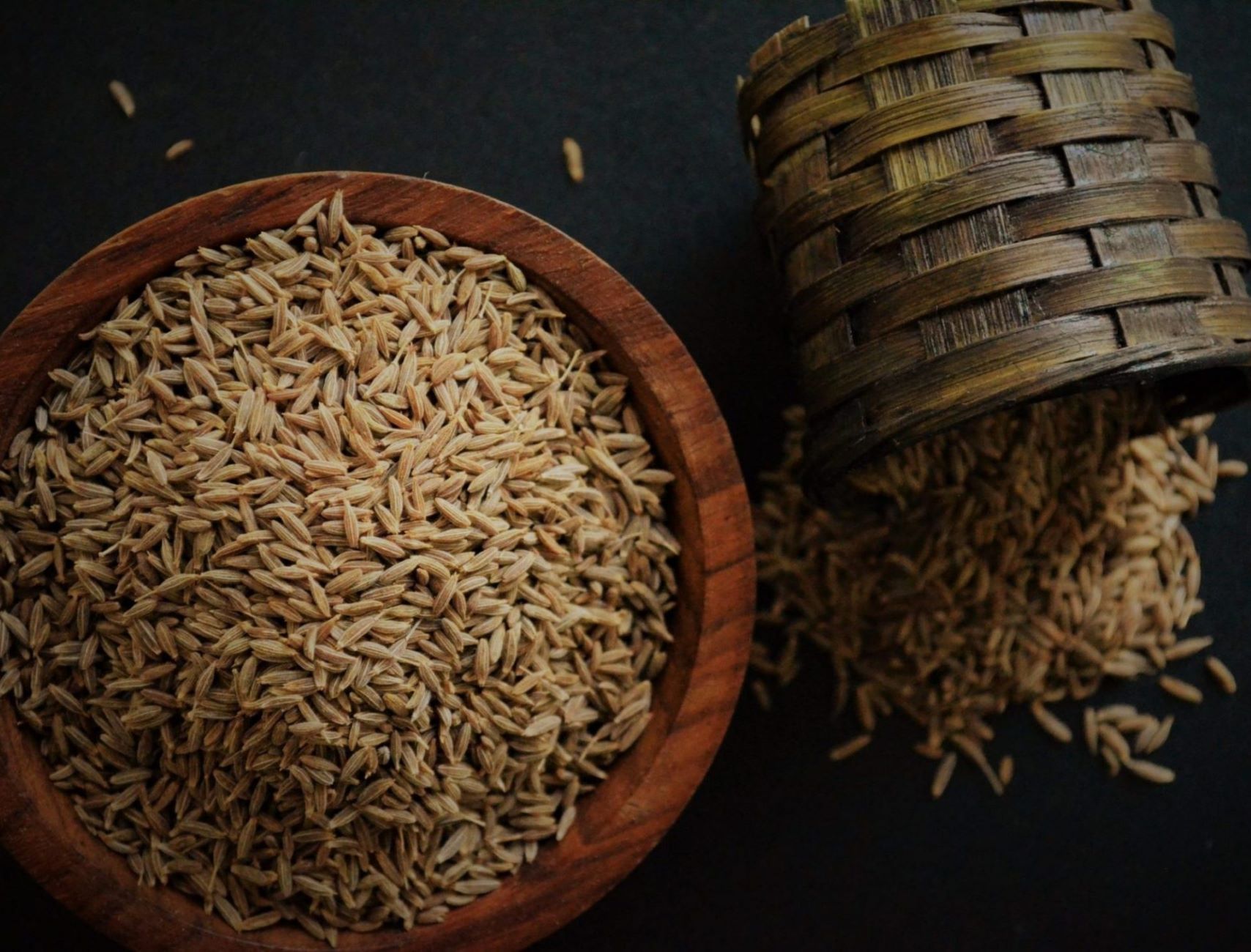
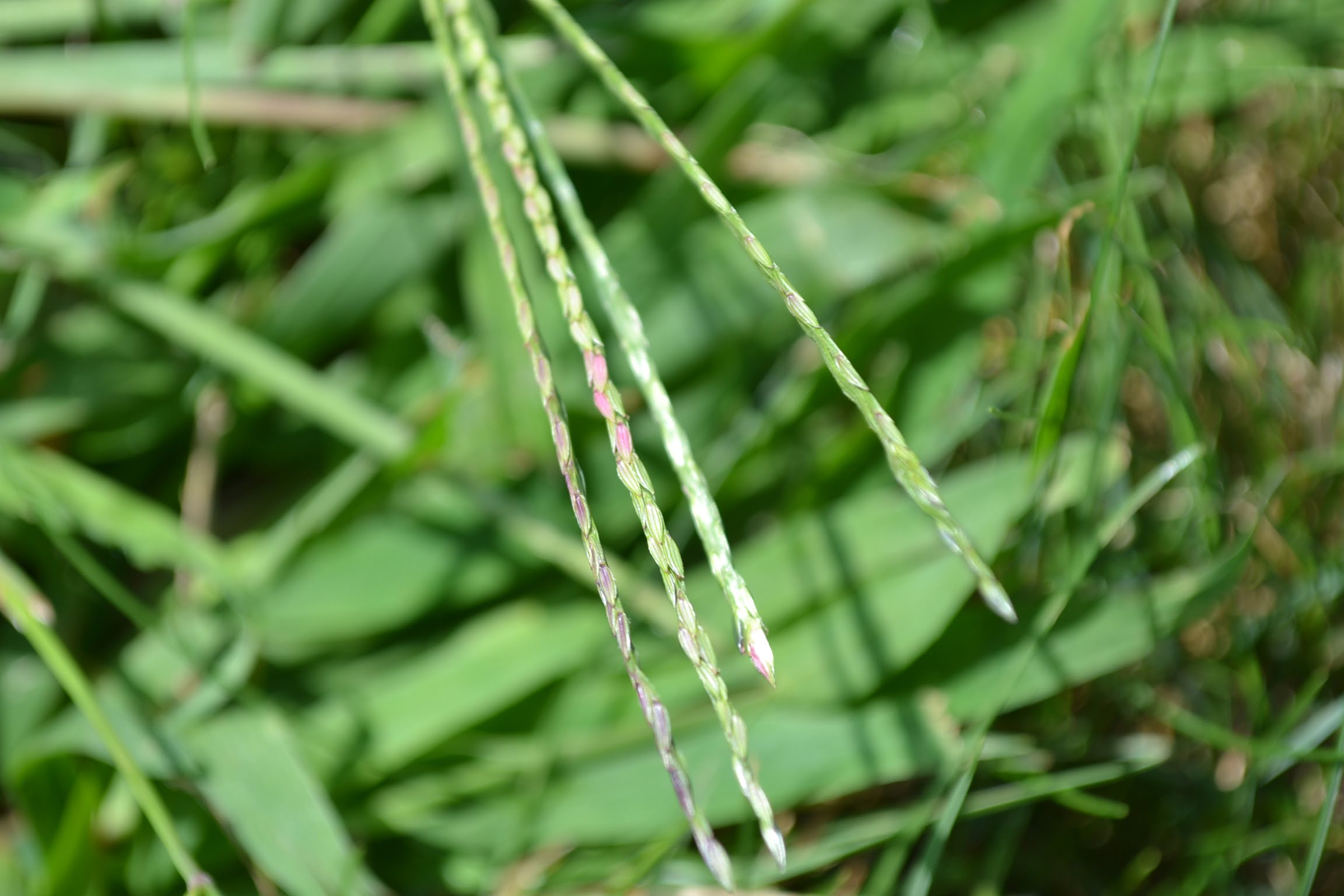
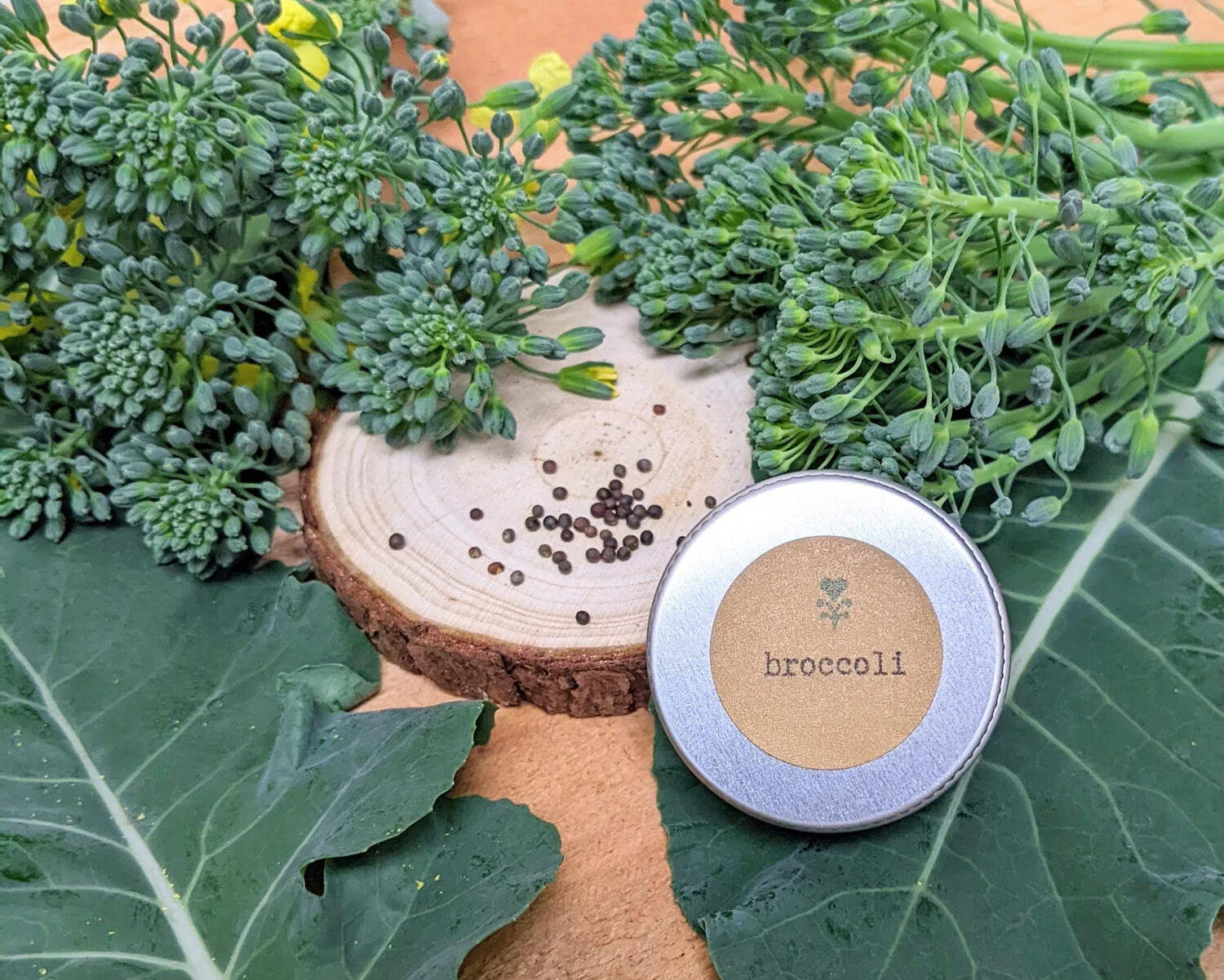
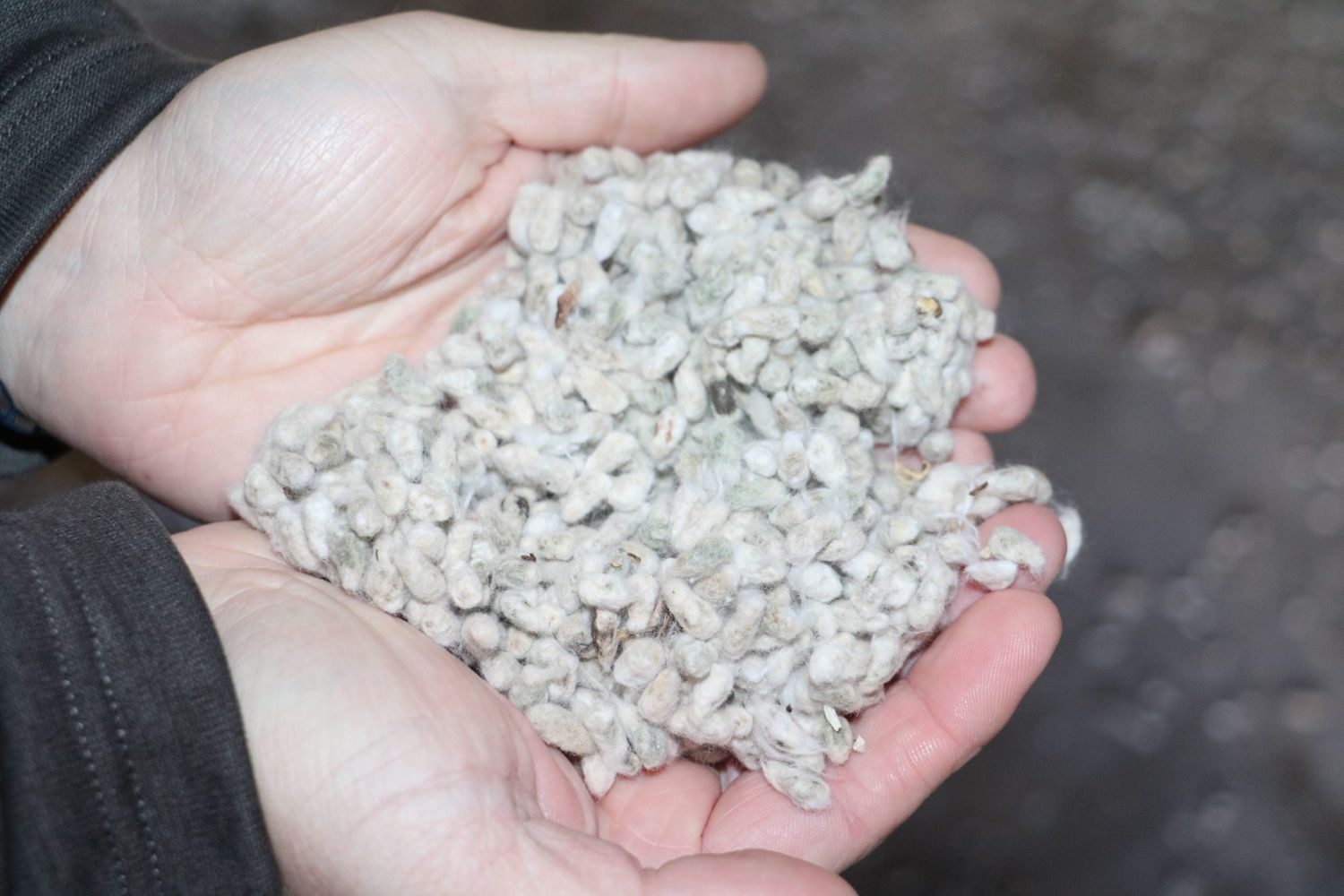

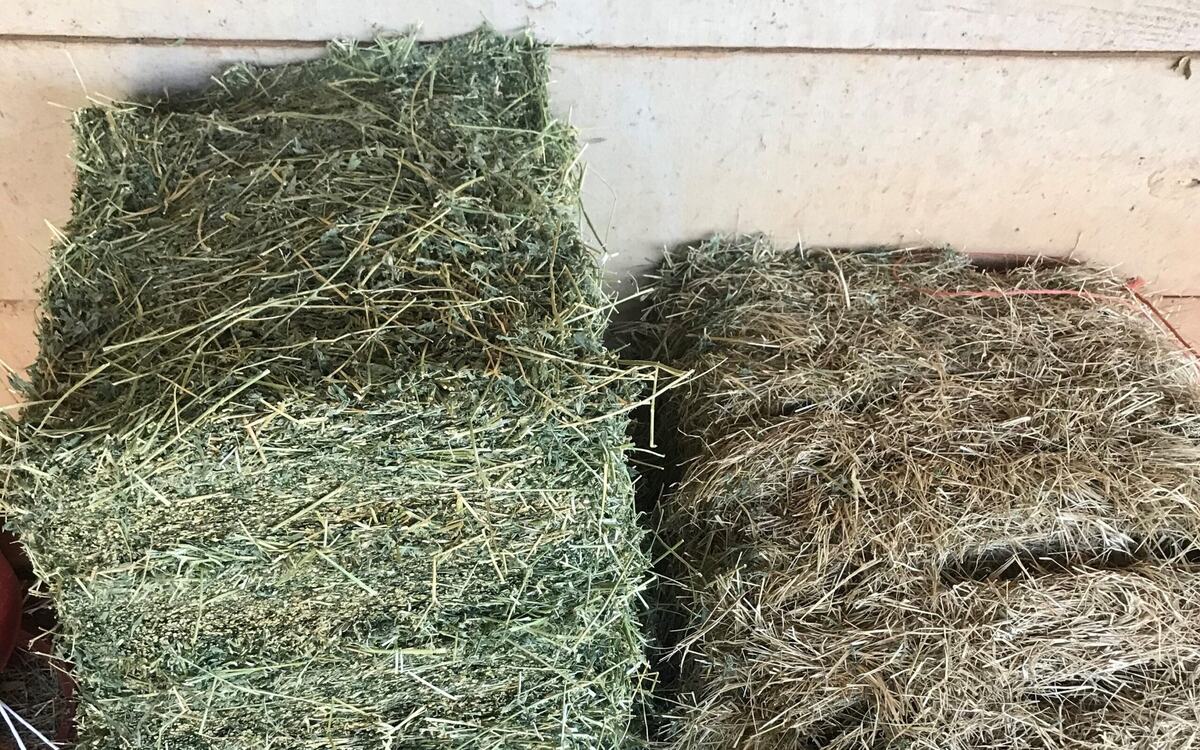
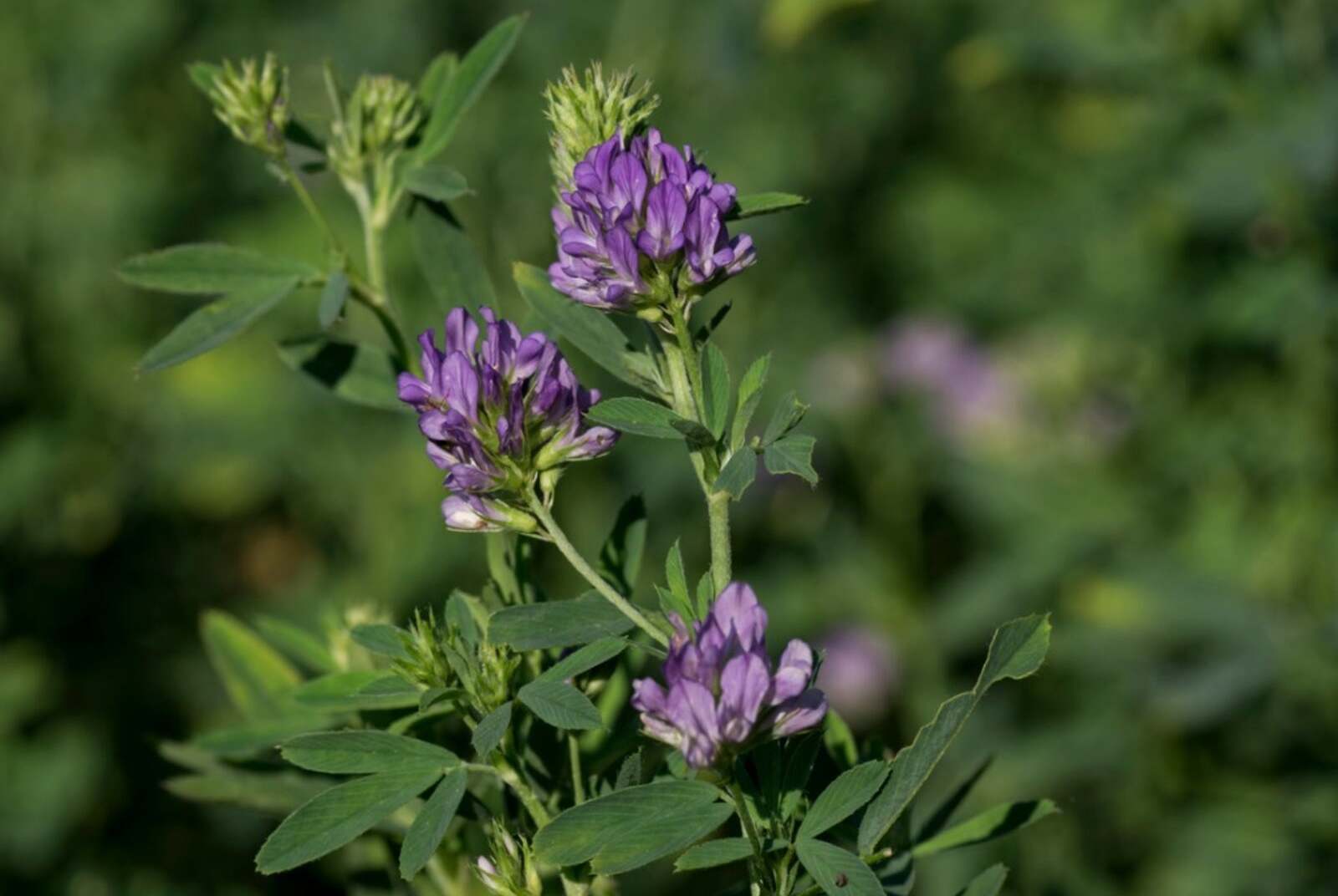
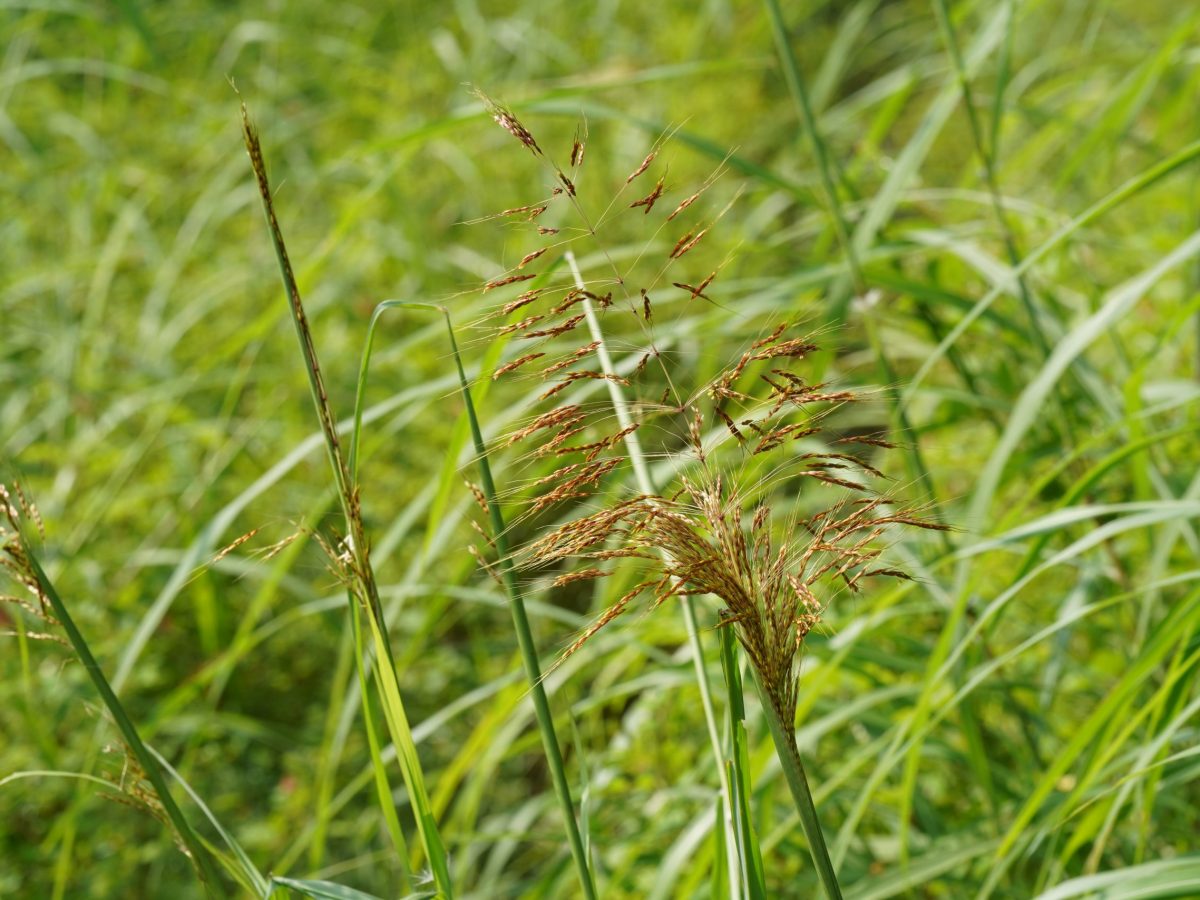

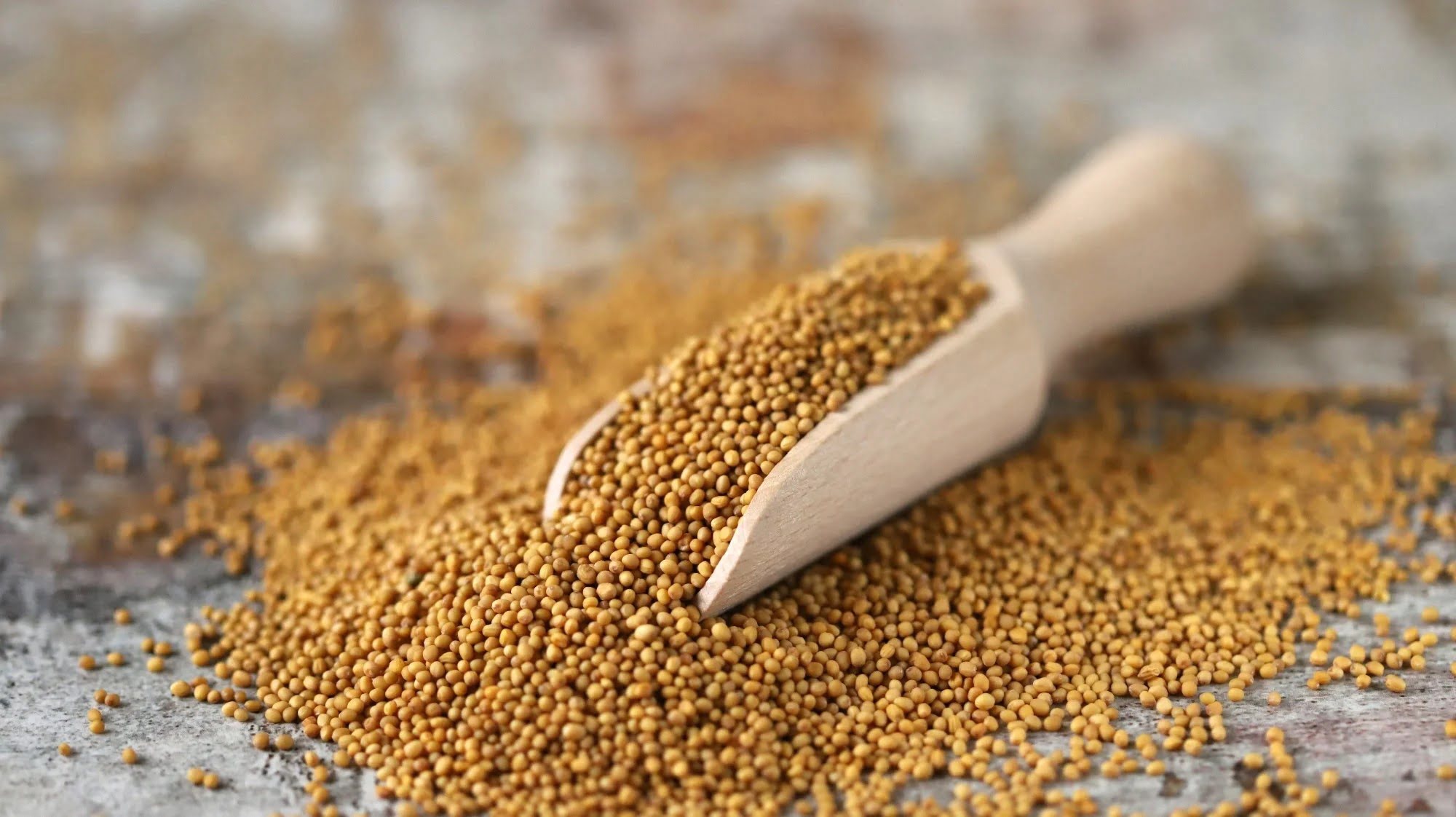
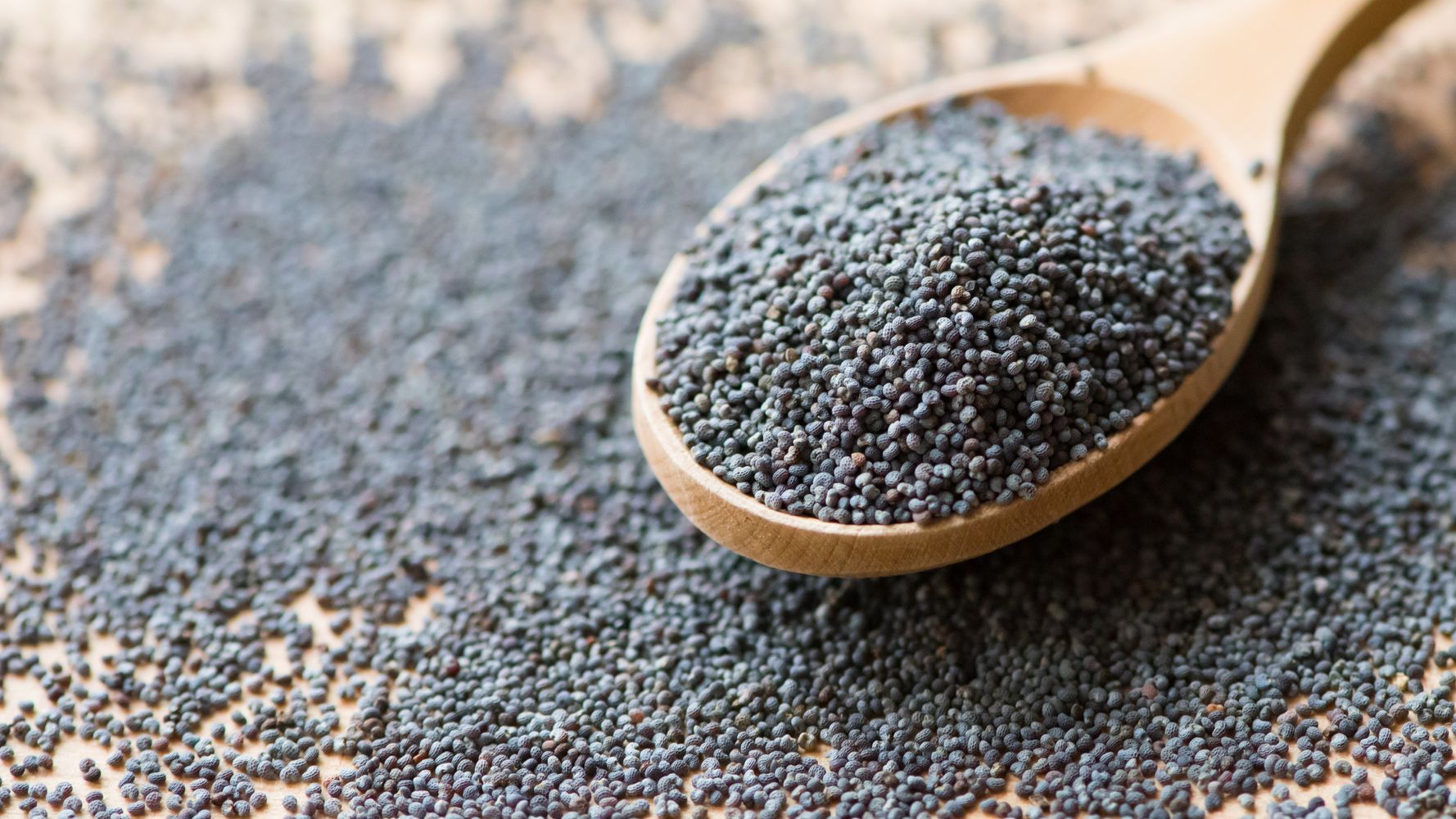

0 thoughts on “What Does Grass Seed Look Like When It Germinates”